When it comes to providing information in public arenas, such as train stations, outside colleges and schools, or even churches and other religious buildings, flat screen TVs hooked up to media playing systems provide a far better solution than traditional notice boards and printed signs.
Information screens enable public buildings to display information in real time, ideal for changeable content such as bus and train schedules or emergency messages. Often seen around departure lounges and in busy buildings such as hospitals and schools, information screens are even more effective outdoors. When positioned near entrances an information screen is able to communicate with people before they enter a building, which ensures everybody is aware of important messages when they arrive.
Flat Screen TV Enclosures
Of course, placing a sensitive piece of electronics, such as a modern flat screen TV, outside, means that it is going to need protecting. Furthermore, any media player hooked up to the screen will also need to be protected, which is why flat screen TV enclosures are so effective.
Flat screen TV enclosures house not just LCD TV screens, but also can contain media players or compact PCs, so are able to keep the entire information system together in one unit. The enclosures provide all the relevant protection needed for using this equipment outdoors, including weatherization, temperature control and physical impact protection to prevent damage through impact and vandalism.
Able to accommodate almost any standard LCD screen, flat screen TV enclosures come in a wide variety of sizes, suitable for all sorts of locations and mountings. From ceiling suspended screens door use in bust and train stations to wall mounted and even floor mounted enclosures for more prominent messaging.
Applications
Using information screens outdoors means that public buildings and service locations can not only communicate to people entering a building or location, but also can communicate to the wider public, and all sorts of buildings and organizations re using flat screen TV enclosures for this very purpose.
Schools and Colleges
Schools and colleges find flat screen TV enclosures a great way of installing information screens outside entrances, which makes communicating with students and staff far more efficient. Because of the great number of people, many of whom arrive at different times, outdoor information screens enable content to be delivered on arrival, which can prove life saving during emergencies by stopping people from stumbling into danger.
Transport Hubs
Transport hubs such as train and bus stations use information screens to communicate schedules to passengers, which enable them to communicate real time changes. Flat screen TV enclosures enable this communication on train platforms and outside bus stations, helping to ensure everybody is aware of the latest scheduling changes.
Churches and Religious Centers
Flat screen TV enclosures enable religious buildings to communicate with the wider community letting them know of events and service times. For modern churches and religious centers, they also enable the spreading of religious messages, which helps strengthen ties to congregations.
Museums and Attractions
Another common user of flat screen TV enclosures are museums, zoos and theme parks, who use the screens to provide educational and event information to visitors. By using information screens, these locations are able to provide information that is more detailed and in a far more engaging way than with static signage or posters.
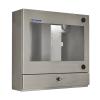
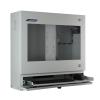
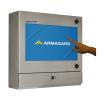
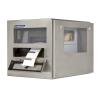
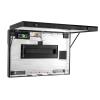
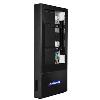
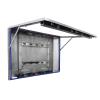
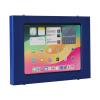
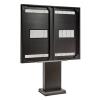
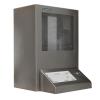






Comments are closed.